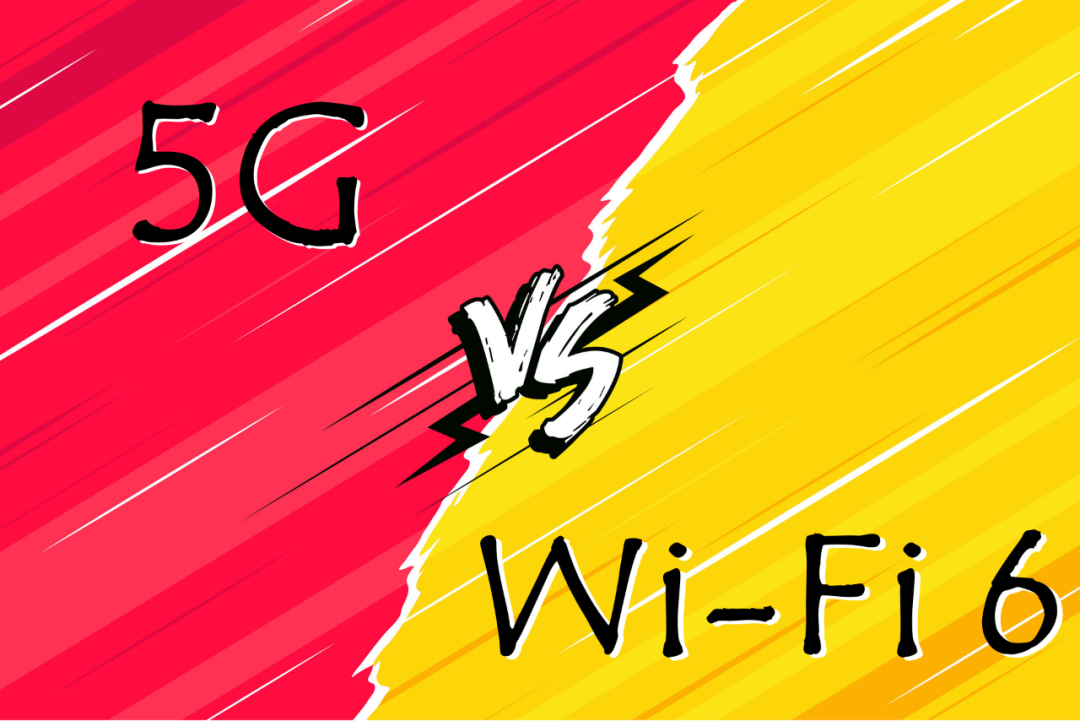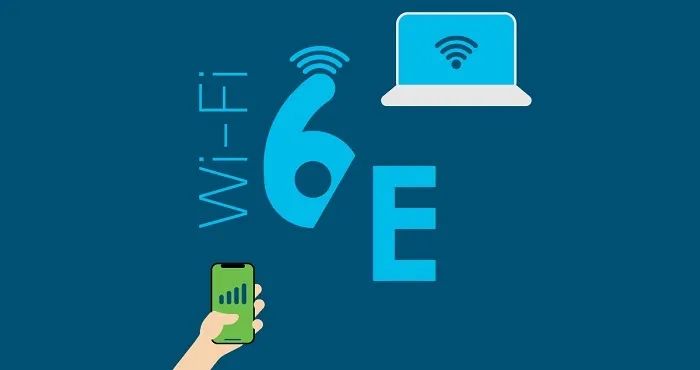Wi-Fi 6E is here, 6GHz spectrum planning analysis
With the upcoming WRC-23 (2023 World Radiocommunication Conference), the discussion on 6GHz planning is getting heated at home and abroad.
The entire 6GHz has a total bandwidth of 1200MHz (5925-7125MHz). At issue is whether to allocate 5G IMTs (as licensed spectrum) or Wi-Fi 6E (as unlicensed spectrum)
The call to allocate 5G licensed spectrum comes from the IMT camp based on 3GPP 5G technology.
For IMT 5G, 6GHz is another mid-band spectrum after 3.5GHz (3.3-4.2GHz, 3GPP n77). Compared with millimeter wave band, medium frequency band has stronger coverage. Compared with the low band, the medium band has more spectrum resources. Therefore, it is the most important band support for 5G.
6GHz can be used for mobile broadband (eMBB) and, with the help of high-gain directional antennas and beamforming, for Fixed Wireless Access (wideband). The GSMA recently went so far as to call for governments’ failure to use 6GHz as licensed spectrum to jeopardise 5G’s global development prospects.
The Wi-Fi camp, based on IEEE802.11 technology, puts forward a different view: Wi-Fi is of great significance to families and enterprises, especially during the COVID-19 pandemic in 2020, when Wi-Fi is the main data business. Currently, the 2.4GHz and 5GHz Wi-Fi bands, which offer only a few hundred MHz, have become very crowded, affecting the user experience. Wi-Fi needs more spectrum to support the increasing demand. The 6GHz extension of the current 5GHz band is crucial to the future Wi-Fi ecosystem.
The distribution status of 6GHz
Globally, ITU Region 2 (United States, Canada, Latin America) is now set to use the entire 1.2GHz for Wi-Fi. The most prominent is the United States and Canada, which allows 4W EIRP of standard output AP in some frequency bands.
In Europe, a balanced attitude is adopted. The low frequency band (5925-6425MHz) is open to low-power Wi-Fi (200-250mW) by European CEPT and UK Ofcom, while the high frequency band (6425-7125MHz) has not been decided yet. In Agenda 1.2 of WRC-23, Europe will consider planning 6425-7125MHz for IMT mobile communication.
In the Region 3 Asia-Pacific region, Japan and South Korea have simultaneously opened up the entire spectrum to unlicensed Wi-Fi. Australia and New Zealand have started to solicit public opinions, and their main plan is similar to that of Europe, that is, open low frequency band to unauthorized use, while high frequency band is wait-and-see.
Although each country’s spectrum authority adopts the policy of “technical standard neutrality”, namely Wi-Fi, 5G NR unlicensed can be used, but from the current equipment ecosystem and the past 5GHz experience, as long as the frequency band is unlicensed, Wi-Fi can dominate the market with low cost, easy deployment and multi-player strategy.
As the country with the best communication development momentum, the 6GHz is partially or fully open to Wi-Fi 6E in the world.

